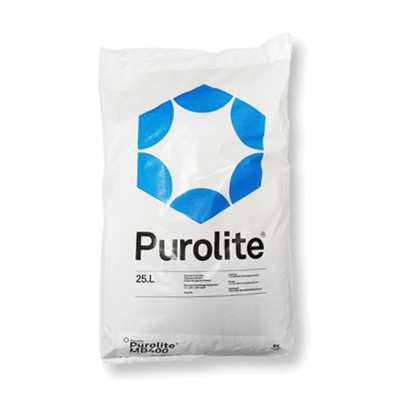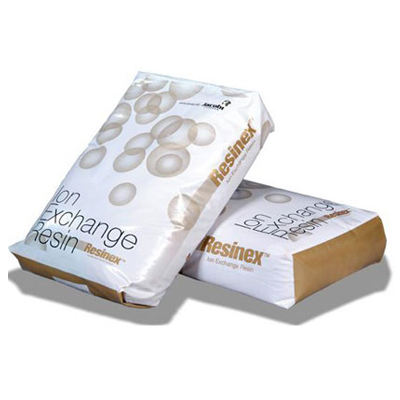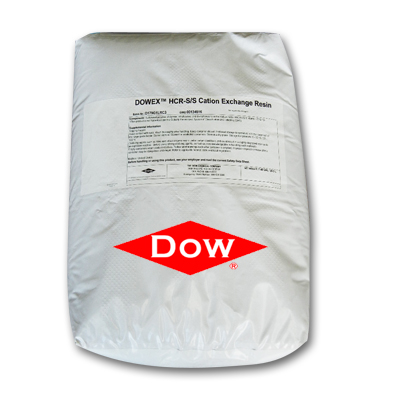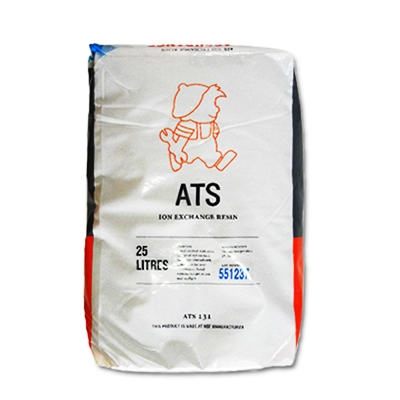PRODUCT INFORMATION
Purolite C150 ion exchange resin (macroporous, cationic)
- front page
- product
- Technology Development Department
- Hard water softening
- Purolite C150 ion exchange resin (macroporous, cationic)
Product Information
- heat treatment
-
water treatment
- Arsenic remover
- Desulfurizer
- Deaerator
- Water softener (calcium and magnesium ion removal)
- Carbon filter (removes odor and residual chlorine)
- Sand filter (removal of suspended impurities)
- Iron remover (removal of iron and manganese ions)
- RO water purifier
- Pre-backwash filter
- UV ultraviolet sterilizer
- Ion exchange resin
- reverse osmosis membrane tube
- quick filter
- Various tanks for water treatment
- Various application filter media
- 美國 Clack Clark control valve
- 美國 Fleck Control Valve
- 美國 Pentair Control Valve
- 美國 Autotrol Control Valve
- Runxin Control Valve
- Injection treatment
- Technology Development Department
-
brand
- Demo brand
- US DOW
- IDEX USA
- US CLACK
- EMERSON, USA
- American PENTAIR
- SIEMENS Germany
- American PULSAFEEDER
- Denmark DANFOSS
- Thailand HAYCARB
- France SUNTEC
- UK PUROLITE
- Japanese NOP
- Japan OLYMPIA
- Japan KATSURA
- BRAHMA, Italy
- SAGINOMIYA
- HONEYWELL
- AZBIL (YAMATAKE)
- OLTREMARE
- NIPCON
- TROCHOID
- domestic
- EGO
- KATO
- LECIP
- ATS
- JACOBI
- ETATRON
- WAVE CYBER
- BOSCHINI
- NIPPON
- WL
- CASH ACME
- YAZAKI
- RUNXIN
- About | Contact

Purolite C150 ion exchange resin (macroporous, cationic)
- – High-quality strongly acidic macroporous ion exchange resin with a spherical appearance
- – High exchange capacity, can effectively remove organic matter, suitable for various industrial soft water
- High-quality exchange resin with high exchange capacity and no discoloration
- Comply with NSF production standards and obtain multiple international certifications
- Suitable for use in industries with special hygiene standards such as the food industry and medical industry
What is ion exchange resin?
Ion exchange resin is a porous material used to remove ions and contaminants from water and is widely used in water treatment, chemical separation and purification processes. This resin is composed of high molecular polymers and contains active groups on the surface, which can exchange ions in the water to achieve the purpose of purifying water quality.
How ion exchange resin works:
The working principle of ion exchange resin is to exchange the active groups on the resin with ions in the water. Common ion exchange resins include cation exchange resins and anion exchange resins. When water flows through the resin layer, cations (such as calcium and magnesium) in the water will be replaced by sodium ions on the cation exchange resin, while anions (such as sulfate and chloride ions) will be replaced by hydroxide ions on the anion exchange resin. . In this way, hardness and contaminants in the water are removed.
Why choose ion exchange resin?
1. Efficiently remove pollutants: Ion exchange resin can effectively remove hardness ions such as calcium and magnesium, as well as harmful pollutants such as nitrates and arsenic in water, providing high-quality pure water.
2. Wide application: Ion exchange resin is widely used in household water softening, industrial water treatment, pharmaceutical and food processing and other fields, and has strong applicability.
3. Renewability: Long service life, the ion exchange capacity of the resin can be restored through the regeneration process (rinsing with salt water or acid-base solution), reducing operating costs.
4. High stability: It has good chemical and physical stability, can withstand long-term use under different conditions, and maintains efficient deionization capabilities.
How to choose the right ion exchange resin?
The following factors should be considered when selecting a suitable ion exchange resin:
1. Resin type: Choose cation exchange resin, anion exchange resin or mixed bed resin according to application requirements.
2. Exchange capacity: Choose resin with high exchange capacity to ensure higher deionization efficiency and longer service life.
3. Particle size and uniformity: Choosing a resin with uniform particle size and stable pore structure will help increase the exchange rate and reduce pressure loss.
4. Regeneration performance: Choose resin with good regeneration performance to ensure cost-effective operation.
Use and maintenance of ion exchange resin:
1. Regular regeneration: According to usage conditions and water quality, resin is regenerated regularly to maintain its efficient deionization capability.
2. Prevent pollution: Prevent pollutants such as grease, organic matter and oxidants from entering the resin layer and affecting the exchange effect.
3. Check the exchange efficiency: regularly detect the water quality, monitor the ion exchange efficiency, and replace or regenerate the resin in time.
4. Storage conditions: Store in a dry, cool place, avoid direct sunlight and high temperature environment, to extend the shelf life of the resin.
Summarize:
Ion exchange resins play a vital role in water treatment and purification processes. Choosing the right resin and performing proper maintenance can effectively improve water quality and meet a variety of application needs. If you are looking for high quality ion exchange resins, our products will be your ideal choice. We provide various types and specifications of ion exchange resin to meet different needs. Welcome to buy!
Technical explanation
| functional group | sulfonic acid group |
| ionic form | Na type |
| total exchange | > 1.80eq/L min |
| water content | 48 – 53% |
| operating temperature | Up to 120˚C |



